Talk of the 2016 Olympics in Brazil still rouses painful memories for Kieran Mulvey, the industrial relations troubleshooter who was chairman of Sport Ireland at the time.
Ireland’s medal haul — two silvers, one for Gary and Paul O’Donovan in rowing and Annalise Murphy in sailing — was disappointing, though not disastrous.
But the Irish delegation was rocked by a failed drugs test on the boxing team, a controversial judging decision, Michael Conlan’s middle finger protest and the poaching of head coach Billy Walsh.
Then there was the Olympic ticketing scandal, culminating in the arrest of then head of the Olympic Council of Ireland Pat Hickey.
READ MORE
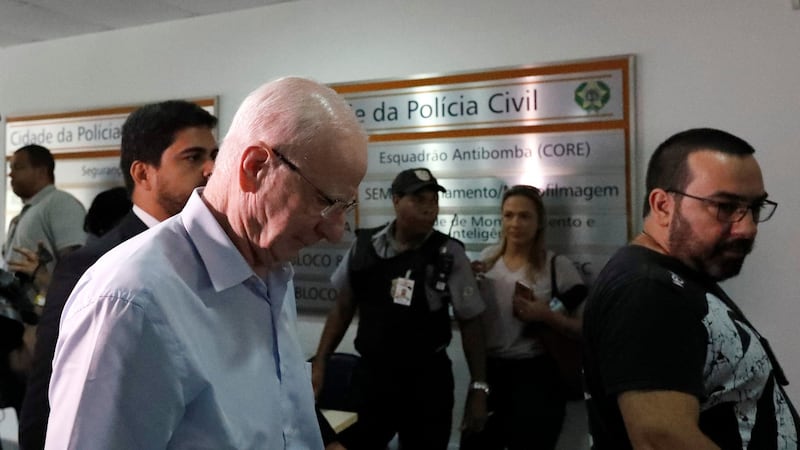
“Rio in all senses was a debacle,” Mulvey says.
After Rio, he sat down with Sport Ireland’s director of high performance Paul McDermott and its then chief executive John Treacy “and decided we couldn’t have this again”.
Just eight years later Ireland has had its most successful ever Olympic Games. The target was to win five to seven medals and to be competitive - finishing in top 10s and making the finals in 16 to 19 events. The medal target has been hit, with an overall goal of taking 17 to 23 once the Paralympic Games have concluded at the end of the month. Ireland is aiming for 12-16 medals in that event.
But in a way that is harder to measure, the Paris Olympics has seen a surge of enthusiasm and positive sentiment.
The years since 2016 have seen a step change in funding from the exchequer — but while key, money is not the only factor driving success.
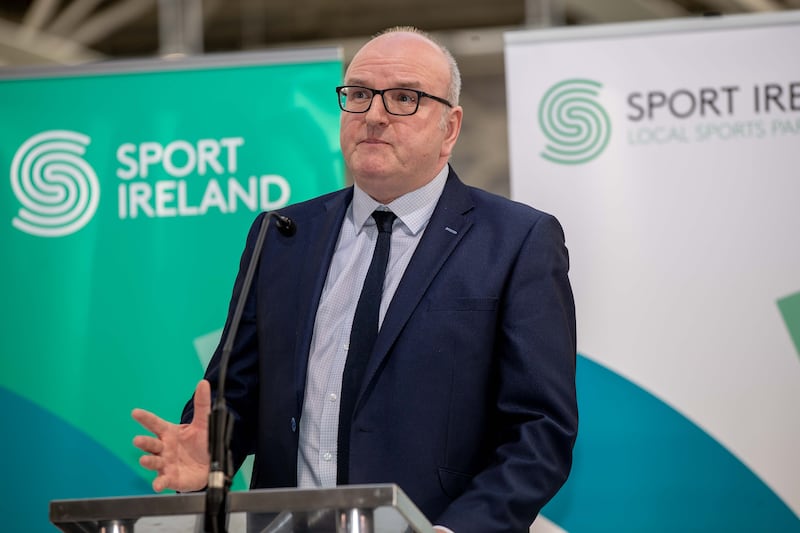
“Time is a very important component in all this,” says McDermott, who joined the organisation’s first incarnation — the Irish Sports Council — at its inception in 1999. “You have to get your base structures right; maybe money was available but there wasn’t much of a system, there wasn’t much to invest in. You have to build the thing.”
Sport Ireland’s post performance review on Rio was mixed. It argued some structures were in place, but Olympic sport was too reliant on State funding that was spread too thinly.
“The overall investment would appear insufficient for Ireland to consistently compete and sustain podium performances in major competition across Olympic cycles,” the review found, comparing Ireland unfavourably against New Zealand, Australia and Denmark.
It was clear that if Ireland was to evolve, more money was needed. But this happened at a time when a yawning credibility gap existed within the Olympic movement, typified by the Hickey scandal. Irish Olympic sport had come from a ramshackle place; there were legion stories of arbitrary and capricious treatment of athletes, questionable corporate governance and a backdrop riven by division and conflict.
“There has been a history over the years of internal disputes within governing bodies,” says Mulvey. “I don’t think a month went by without a dispute going on over the appointment of CEOs [chief executives] or coaches.”
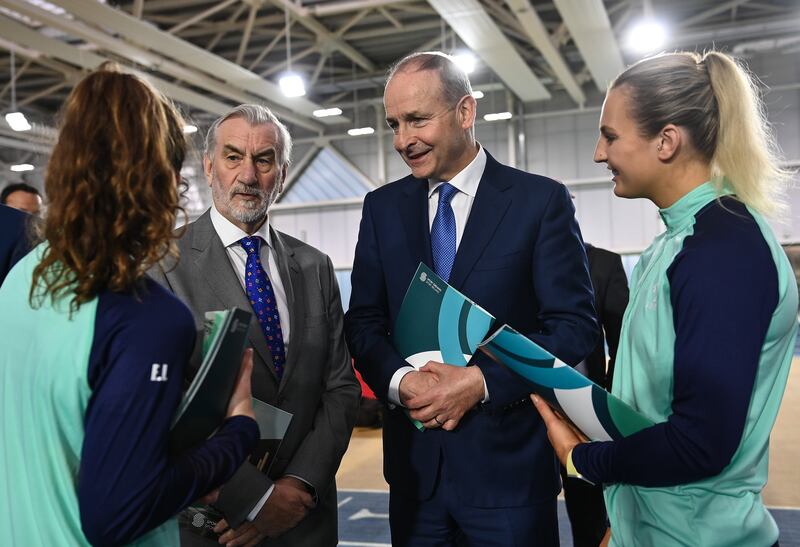
Sport Ireland would assert itself more firmly with the governing bodies, he recalls. “We were funding them and we needed to have a more prominent role … We couldn’t have governing bodies replacing CEOs after a year or appointing coaches without the experience to put in finishes at world, European or Olympic Games.”
There was intense lobbying of political leaders, he says, with a focus on developing the Sport Ireland training campus and the Sport Ireland institute, which provides support services to coaches and athletes, and reform.
Hickey’s Olympic Council of Ireland was recast as the Olympic Federation of Ireland, under the leadership of Sarah Keane, the chief executive of Swim Ireland, who will step down as federation president at the end of this year.
These changes allowed for political buy-in; but there were also wider aims rooted in statecraft and public diplomacy.
“From 2017 onwards a lot of our thinking was guided by the idea of building up our soft power and profile as a small country,” recalls then taoiseach Leo Varadkar.
“An island in the centre of the world,” he says, recalling one of the slogans from early in his term.
Varadkar wanted Ireland to have a greater prominence on the international stage, with more embassies and a seat on the UN Security Council, but also through arts and sports
The money flowed: €59 million for the Tokyo cycle, surpassed by €89 million in the run-in to Paris.
There was also strategic cuteness, including targeting athletes resident in Northern Ireland and eligible to compete for Ireland and the UK, an approach that yielded two of Ireland’s four gold medals in Paris via Daniel Wiffen and Rhys McClenaghen, from counties Armagh and Down respectively.
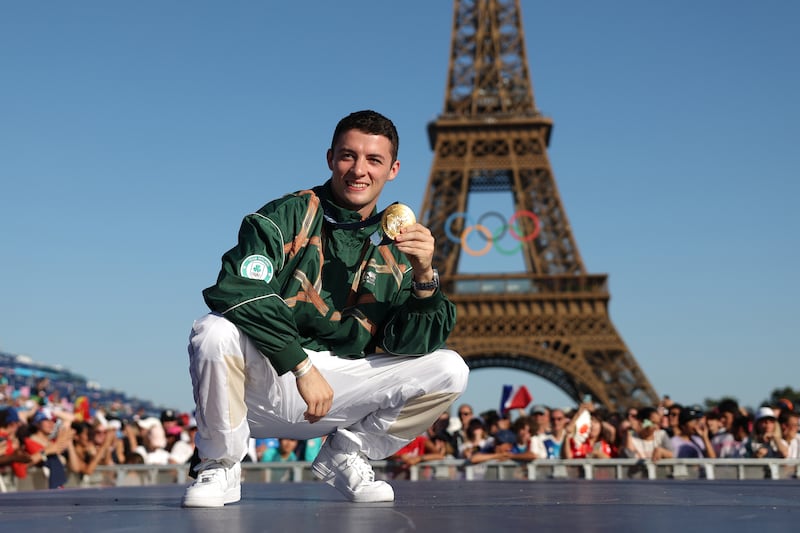
“Team GB have been poaching athletes at will from Northern Ireland for years,” says Mulvey. “We were in a position to give them accreditation, funding, provide facilities for them that were needed and that was part of the movement forward.”
If Paris is to prove a watershed moment for Irish Olympic sport, McDermott is clear-eyed about what is going to be needed. “High performance just gets more expensive,” he says.
The international carding scheme, which provides financial support to elite athletes for their training and competition programmes, will grow, he says. “That means more coaches and services; we have to continue to support and invest in the things that are working, address where the gaps are, and just keep building it.”
Mulvey believes that multiannual funding for sport, similar to the three-year structure recently agreed for RTÉ, is what is needed.
“We have to consolidate with another four-year commitment now to what high performance would look like for the sporting bodies,” he says. “The greatest recognition we can give to our athletes is that they are funded four years into the future and they can concentrate without looking over their shoulders. That’s the best thing our Government could do for our athletes at the moment.”
Sources across Government agree that when it comes to funding decisions, Olympic sport will be pushing an open door come budget time. However, senior figures are resistant to the idea of multiannual funding.
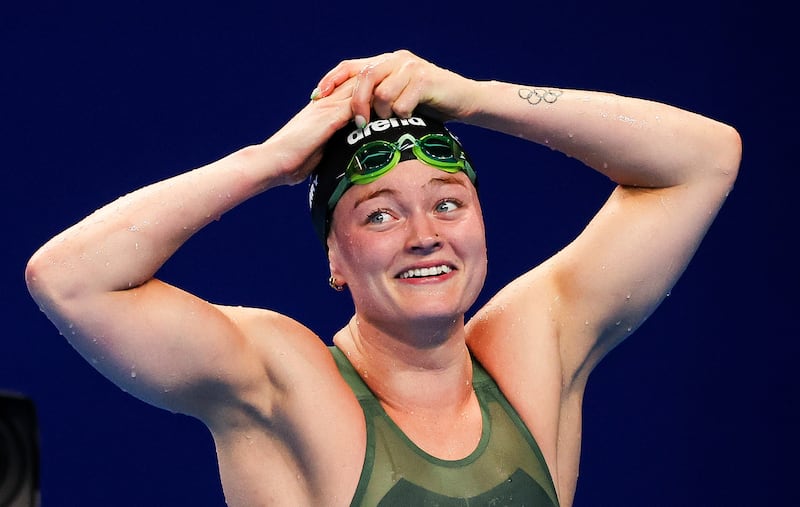
Looking ahead to the 2028 Los Angeles Olympics, Minister of State for Sport Thomas Byrne says: “We are determined to see investment in high-performance sport grow as much as possible and as soon as possible.”
He adds: “Any increase in high-performance sport will naturally need to surpass inflation in the first instance and overall, it is the ambition to see the total amount invested in the LA cycle increased by several million, on top of the record €89 million already invested in the Paris cycle.”
He says there will be a “record amount” of capital funding for facilities announced in September. A tender process for a national velodrome, estimated to be worth more than €60 million, is under way. “This year could be a watershed moment for Irish sport.”
There is also the potential for tax breaks for investment, as flagged in the Tax Strategy Group papers this year, which are under consideration as part of the budgetary process.
For Mulvey, Paris is a golden opportunity to cement a step change in Irish Olympic sport, to get away from the “old story … of turning up for the first heat and it’s over”. Ireland’s aim, he says, should be to move away from the idea that it is a country that can punch above its weight.
“We’ve got rid of that phrase now — we’re punching on equal terms.”

















